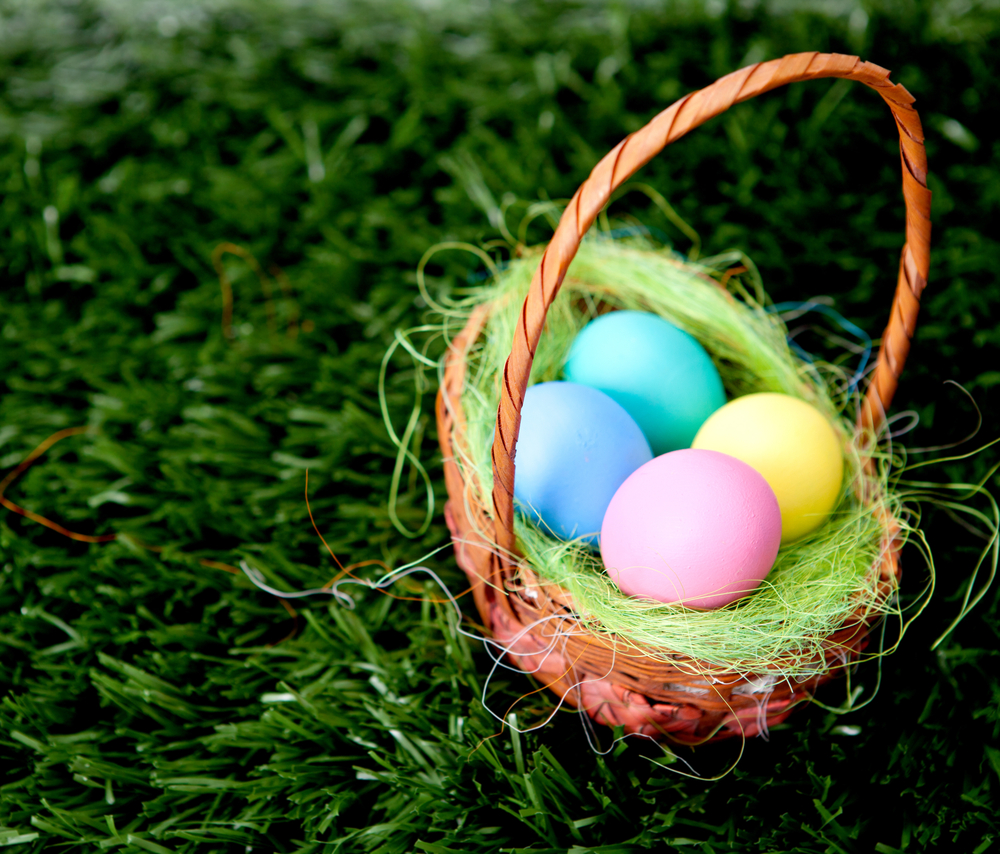
Have you ever wondered why one day a year, an oversized rabbit comes around and hides brightly-colored eggs everywhere?
While yesterday, April 4th, was Easter, there’s still plenty of time to learn more about the origins of this holiday. Easter is known both for its pastel, bunny-themed activities alongside the spiritual components spanning across different religions. How did Easter become what we know of it today?
As with most modern holidays, there are several places of origin for the holiday as we know it today. Here are a few facts about the history of Easter:
- The modern Holiday of Easter is heavily tied to its religious roots. It is associated with the Jewish holiday of Passover, which commemorated the exodus of the Jews from slavery in Egypt. Traditional Passover foods include fish, matzo ball soup, beef brisket, chicken, and potatoes. In Christianity, Easter is associated with the resurrection of Jesus. Protestants and Roman Catholics practice a period of fasting known as Lent, which begins on Ash Wednesday and lasts for 40 days.
- Like Halloween and Christmas, Easter is considered to have its early roots in paganism. The word ‘Easter’ is thought to come from Eostre, the Teutonic goddess of springtime. Pagans celebrated the solstices and equinoxes as sacred events, so Easter is also the celebration of Spring, growth, and rebirth.
- Pagans associated rabbits with Eostra due to rabbits’ association with fertility. Early Germanic cultures believed that Eostre’s messenger rabbits laid eggs that symbolized the beginning of spring. Over time, these egg-laying bunnies became known as the singular Easter Bunny!
- In hopes of receiving the eggs from Eostra’s rabbits, German children would leave out a wicker basket in hopes of the rabbits laying their eggs there-- which is where the modern tradition of an Easter basket is thought to have originated.
- Likewise, the origin of the Easter egg hunt is speculated to come from this pagan tradition. As monothiestic religion overtook paganism, these traditions stuck. The egg was associated with Jesus, and it became a tradition to dye eggs red to symbolize Jesus’ crucifixion and resurrection.
- Lilies are the unofficial flower of Easter in the United States, which are meant to symbolize the purity of Jesus Christ. This is a relatively new tradition, as lilies were brought from Japan to England in 1777.
- Candy is also an important element of Easter. Did you know that Americans consume 16 million jelly beans and around 90 million chocolate bunnies? Now that’s a lot of candy!
No matter how you celebrate Easter, CEWT hopes you had an egg-cellent holiday!

-1.png)
